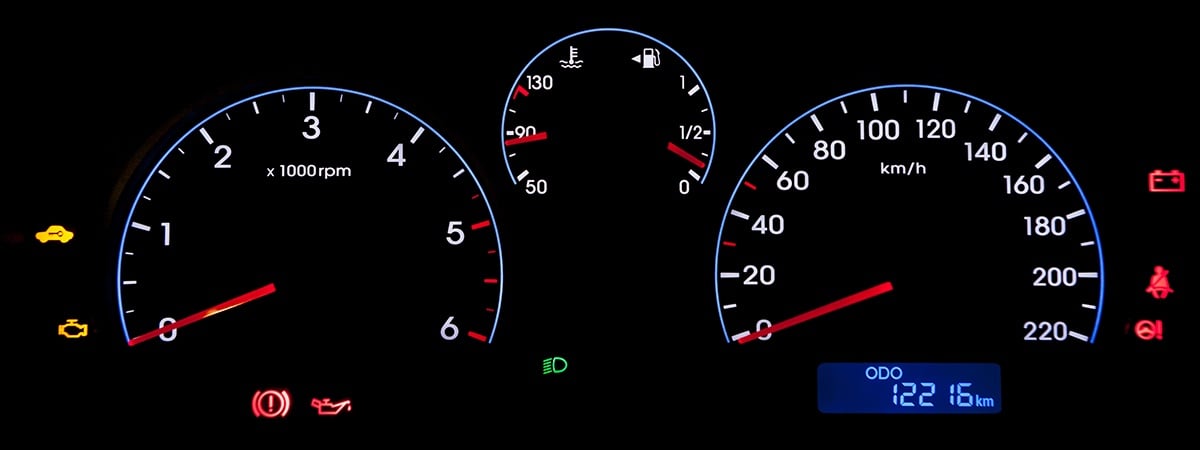

Therefore, whilst the SSR lines will have the same operational methodology as the earlier projects, there will be differences in the technology that will need to be tested thoroughly. However, Thales is mindful that other CBTC suppliers have moved to radio for the transmission media, this being less intrusive in terms of infrastructure disturbance, and has developed a radio-based alternative that is already in service in South Korea and China. The Jubilee and Northern lines used a loop-based system, these being mounted between the running rails with a transition every 25 metres to give a positional reference point.

The Seltrac system has seen various upgrades since its initial design, the VCC now being a third-generation product.

Much of it will be identical to the equipment installed on the Northern line. » A VOBC (Vital On Board Computer) on each train to control all train movement and braking commands.Īll of this equipment is fully duplicated, the VOBCs being positioned at both ends of the train. » An SCS (Station Controller sub-station) at each stopping point for station information updates » An SMC (System Management Centre) acting as the man-machine interface » The VCC (Vehicle Control Computer) at the control centre to manage and control all train movements It also has moving block capability, allowing trains to close up when busy periods are encountered. It is a fully-fledged combined ATP and ATO package that conforms to the SIL4 requirements for operational safe software. Originally designed in Canada and firstly used on the Vancouver Skytrain, Seltrac has been deployed on many other metros around the world, including in the UK – the Docklands Light Railway and the two LU lines referred to. This is more than double the earlier contract so requires some explanation. With these systems now successfully in operation, a new contract for the SSR re-signalling was eventually awarded to Thales in July 2015 at a value of £760 million, having been preferred bidder for some time before that.
#Red alarm light on metronet upgrade
A full description of the Northern line upgrade was given in the Rail Engineer May 2015 edition. In parallel, LU had equipped firstly the Jubilee line and more recently the Northern line with the Thales Seltrac control system and had learned some hard lessons on how its approach to a modern CBTC (Communications Based Train Control) system needed to change. However, problems over the interpretation of technical requirements, timescale and cost soon emerged and eventually, in 2013, the contract was terminated by mutual consent.īy this time, new trains for the SSR were well into production so any chance of fitting the new signalling equipment in the factory was lost. The contract value was £364 million, a very competitive price. With Metronet succumbing to political and contractual pressures, the Invensys (now Siemens) system intention was abandoned.Ī subsequent contract was awarded in 2011 to Bombardier employing its CityFlo product, successfully used in Madrid and Shenzhen Metros and considered to be a mature technology. It is thus a complex piece of railway and failing to understand the operation has led to some of the past problems.Īt the time of the PPP (Public Private Partnership) initiative, the lines were part of the Metronet grouping and the plan was to equip the lines with the then Invensys DTG (Distance to Go) radio system, which later on was successfully deployed on the upgraded Victoria line. None of these are self-contained and all have interfaces with each other as well as with other LU lines and some Network Rail routes. The four lines, with their colours on the London Underground map, are: This is for the third time of asking but many lessons have been learned along the way, both by London Underground and the various supply companies who have been involved. The much-troubled project to re-signal the four lines comprising the Sub Surface Railway (SSR) is once again in a committed contract situation.


 0 kommentar(er)
0 kommentar(er)
